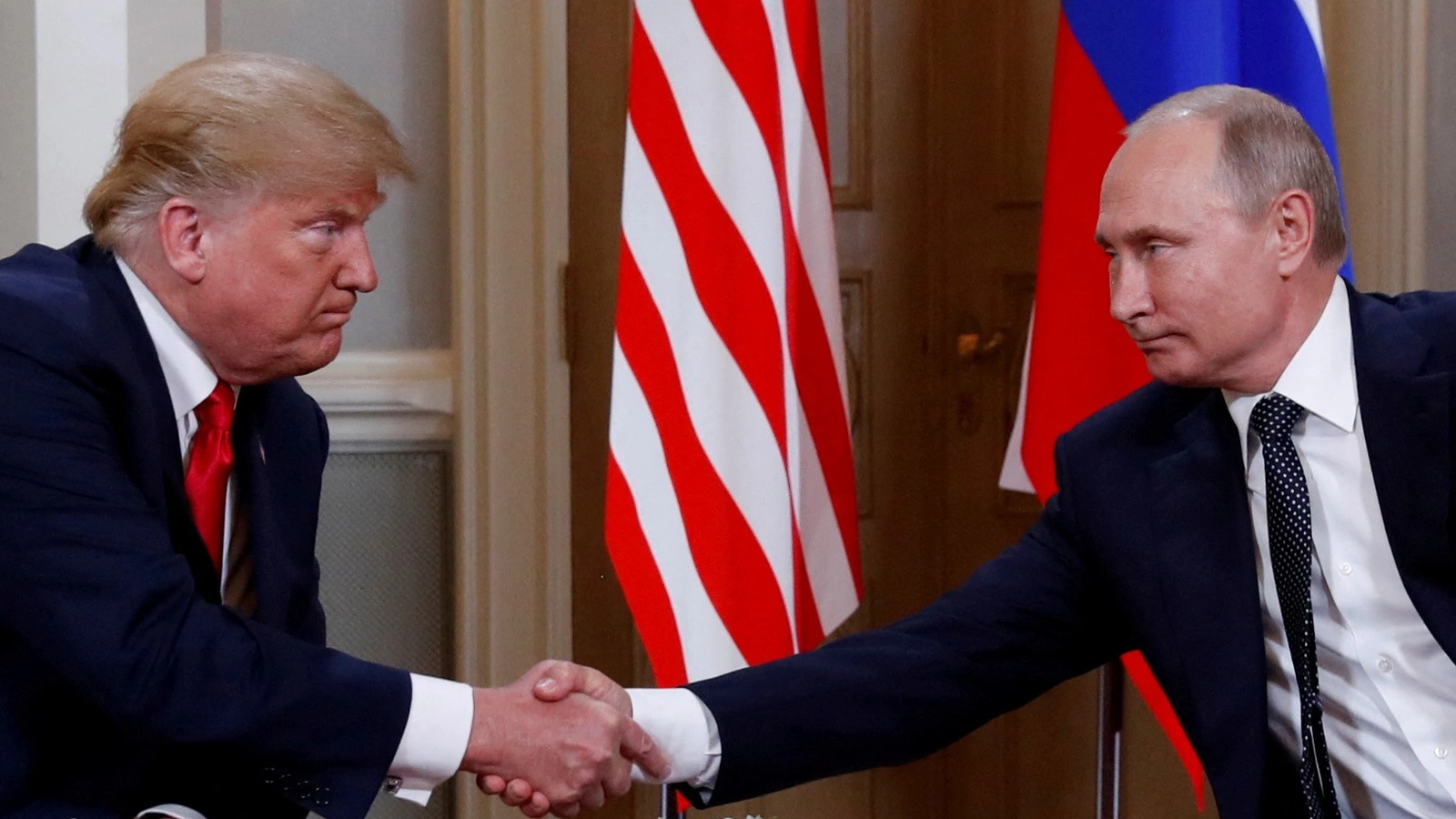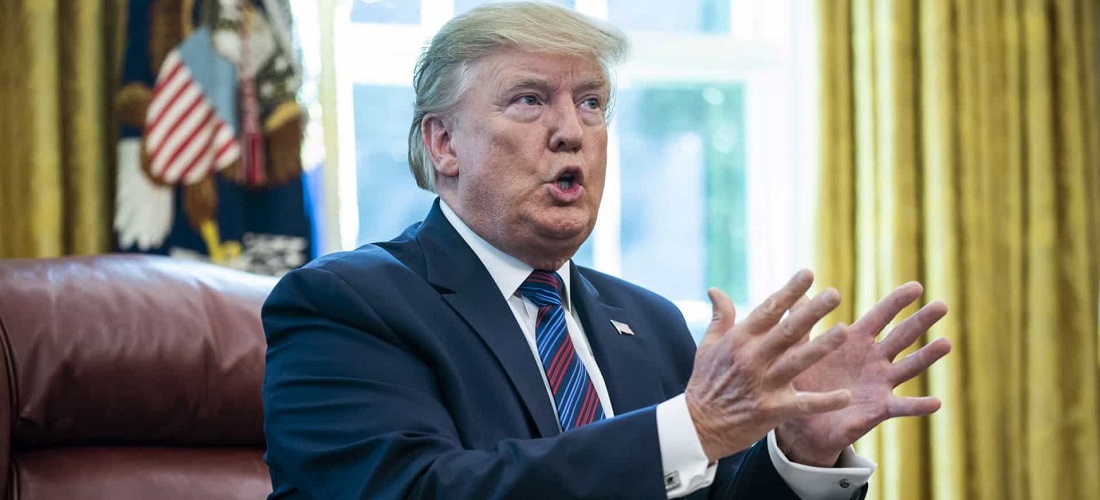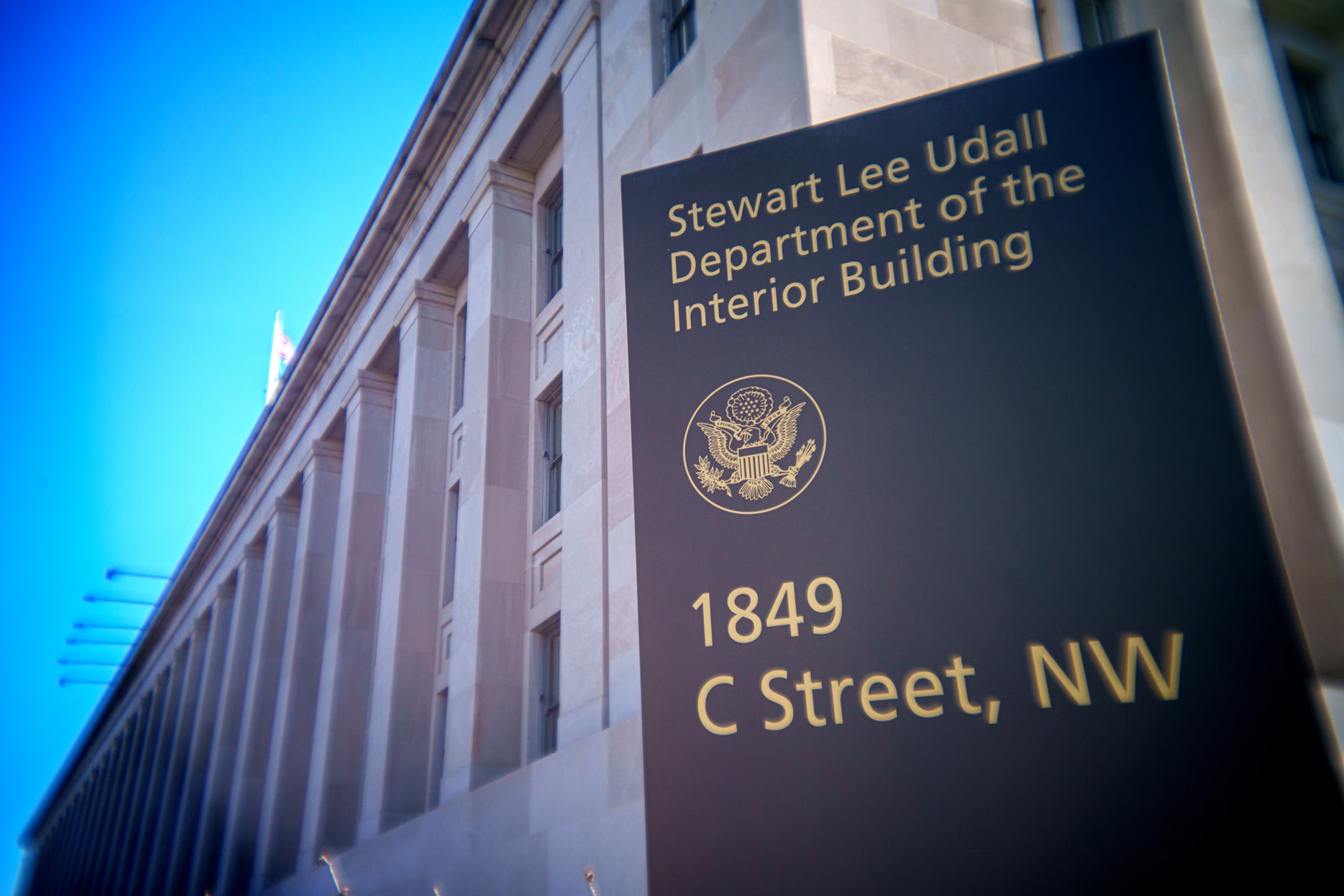After years of frosty silence and rising suspicion, top American and Russian officials are back at the table. The move, coming as the war in Ukraine enters its third year and sanctions bite deeper, suggests both sides see practical reasons to reopen lines of communication, even as mutual distrust lingers just beneath the surface.
Ties fray, tensions deepen
The downward spiral traces back to 2014, when Russia seized Crimea and ignited worldwide condemnation. Economic penalties from Washington and allies swiftly followed, pushing Moscow further from Western institutions.
The full-scale invasion of Ukraine in 2022 only hardened positions, leaving official exchanges all but frozen and global anxiety at a fever pitch. On both sides of the Atlantic, policymakers and analysts warned of lasting rifts with global ripple effects, from energy supplies to market stability.
Cautious steps in neutral arenas
In early 2025, American and Russian diplomats met in Riyadh for the first substantive talks since the Ukraine escalation. Officials familiar with the discussions described them as businesslike, focused on restoring basic diplomatic functions and searching for common ground amid deep disagreements.
Some months later, follow-up meetings in Istanbul addressed day-to-day matters like embassy staffing and consular access, reflecting a desire to stabilize at least some aspects of the relationship even as political differences remain entrenched.
The spotlight soon shifted to Anchorage, Alaska, where Presidents Vladimir Putin and Donald Trump held direct talks that reinforced the tentative thaw. In a tightly managed press appearance, Putin called the conversations a “starting point”, not for resolving all disputes, but for reopening regular contact. Trump, for his part, highlighted the value of dialogue, but sidestepped specifics on concessions or next steps.
Big issues, careful words
Despite diplomatic choreography, the core obstacles haven’t budged. Sanctions imposed after Crimea are still in place, U.S. and allied support for Ukraine remains firm, and Moscow shows no sign of withdrawing troops. Talks have touched on energy, science, and Arctic policy, but officials on both sides stress these are preliminary contacts, no breakthroughs, no deals for now.
Watching from the sidelines
Ukraine and key European capitals are keeping close watch, wary that Washington-Moscow rapprochement could upend existing alliances or reshape the conflict’s trajectory. Yet officials emphasize that, to date, there’s been no shift in policy and no relaxation of sanctions. Aides describe the U.S. approach as pragmatic: keep talking, manage risks, but maintain pressure for as long as the crisis persists.
What’s next, and what’s at stake
Against a backdrop of war, economic volatility, and shifting alliances, even a small diplomatic opening feels significant. Still, experience has taught both capitals that talk doesn’t guarantee trust, or progress.
As negotiators weigh next moves, one question echoes on both sides: after so many setbacks, can a series of cautious conversations really change the course of U.S.-Russia relations?
Contact us today through our WhatsApp to discover how we can help you achieve success in the United States.
Sources: CNN Brasil | Breaking The News | The Moscow Times | NY Times



